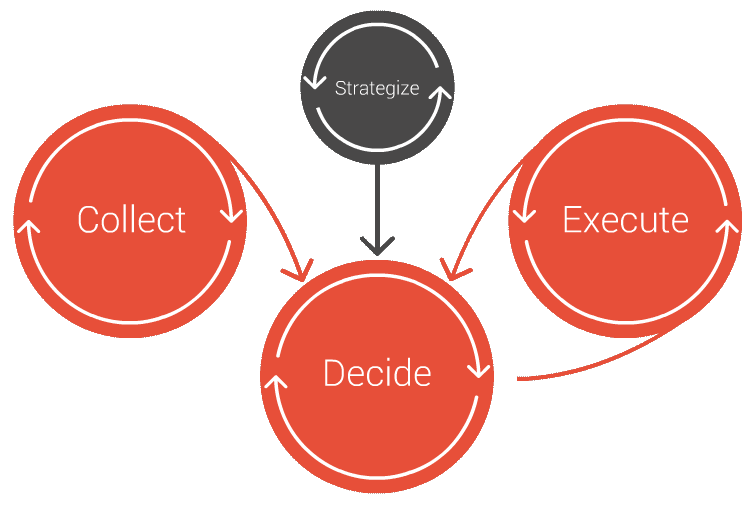Last updated on October 13th, 2022 at 10:53 am
PPM or Project Portfolio Management means the collective project management of an entire portfolio of projects rather than managing a single project from start to finish. The PPM is responsible for the entire project portfolio process, which projects to choose and include in it, how to budget and allocate resources to each project in the portfolio when to take on such projects, what is the impact of the time taken and such. Let us explore the best features and mistakes that happen in the PPM process.
The PPM benefits:
1. Decision Making:
PPM drives the business decisions which are taken based on data forecasts and insights. The visibility of data needs to be from the tactical perspective which is a bottoms-up model and the strategic perspective which is a top-down model. Only when this integrated perspective and model is visible and presents the past metrics of PM will one be able to forecast the future trends and draw insights from the strategy. This also helps weed out those projects that are misaligned with corporate objectives.
2. Risk Management
This critical criterion is essential to project portfolio process and PM. The amount of risk-taking needs to be optimal and between safe and risky to ensure profitability. But, PPM is a safe bet to check overspending caused by no visibility into project data, inaccurate scheduling, poor project estimating, and improper resource allocation. Forrester reports suggesting a decrease of 10 percent in overspending on an average in organizations by using effective tools and techniques of PPM.
3. Faster turn times:
Efficient project portfolio process training can help lessen project turn-times by a median value of 10 percent. Repeatable processes such as standardization, governance, and workflow are proven and by aligning PPM with such processes the ambiguity is removed and leads to productivity and business value. The shortened time to market often prove to be decisive factors in being competitive and getting through earlier.
4. Increases success:
Project failures are oft because of unsuccessful project delivery. The delivery itself depends on schedule delays, cost overruns, ill-managed resources, badly defined requirements, lack of strategy alignment, technical limitations and unresolved issues. PPM ensures minimization of these factors. The PMI reports affirm project failures reduce by 60 percent and projects executed increase by 30 percent with PPM.
5. Increases collaboration:
Many organizations till date use manual tools for PPM like Excel worksheets located on a client’s computer and not available to the organization in real-time. This can lead to inconsistent and conflicting data. PPM streamlines the data channels in real-time. PPM can help reduce by 25 percent the volume of administrative tasks while improving team collaborations for data streamlining.
The PPM mistakes:
1. Not having a tangible investment strategy:
It is a common practice in many companies, whether start-ups or larger corporations, to directly Starting with funding and budgeting is common in many industries. The priority list of projects is spent on till the budgets are exhausted and a project lower the list often do not see the light of day. PPM works on the resource allocation to all prioritized projects after listing projects aligned with the organization’s productivity and achievement goals.
2. Not dividing large projects into smaller ones:
The agile method is to break large projects into smaller achievable tasks and then prioritize the tasks. This provides smaller releases for testing and action even when the large project is still on-going rather than allowing the whole project to reach a stage of no return. Assigning and allocating team members to each task is also easier and achievable.
3. Not prioritizing tasks:
When multiple projects run it is often easy to ignore those with lower visibility. It is important to prioritize all tasks small and big on to a backlog list which is reviewed often to allow for realigning projects, prioritizing them and getting them done.PPM ensures just this.
4. Letting change get out of hand:
PM is always full of scope-creep which slips in gradually and escalates only when such projects need extra resources to restore their scope. When done late in a project this leads to project failures. PPM is adept at managing scope creep and hence leads to better productivity and efficient time-keeping.
5. Not using a PM tool:
PM tools envisage the status of a project and its visualization using graphic-tools. They enable better opportunity finding, efficient resources allocation, and spot problems before they become critical. Regular reviews even on a daily basis can ensure the smooth process of the project portfolio process.
In parting, PPM is a very good course you can take up at Imarticus Learning. They also train you to undertake PPM certification from PMI and assure your placements.

